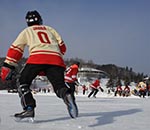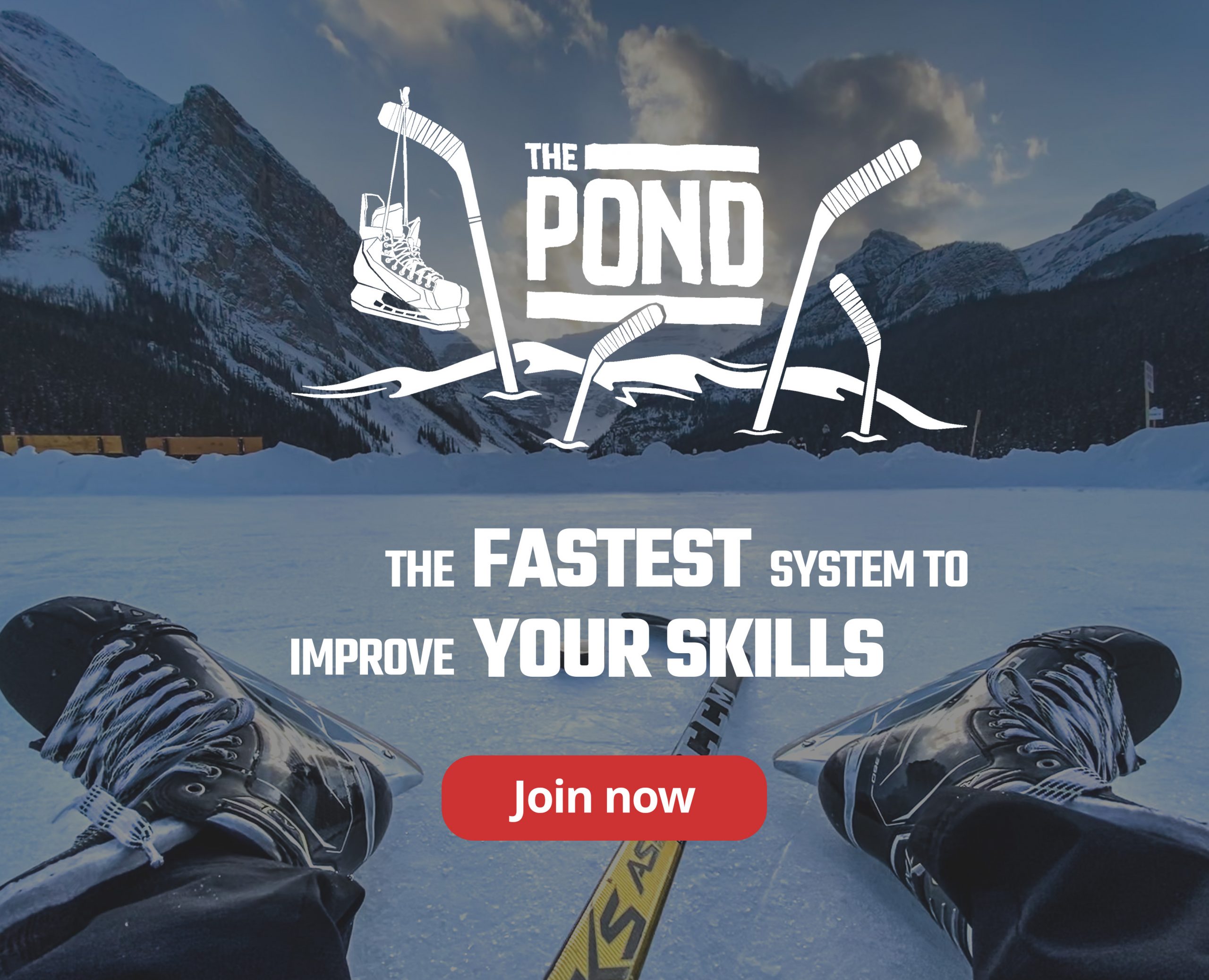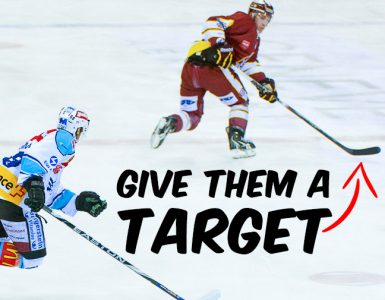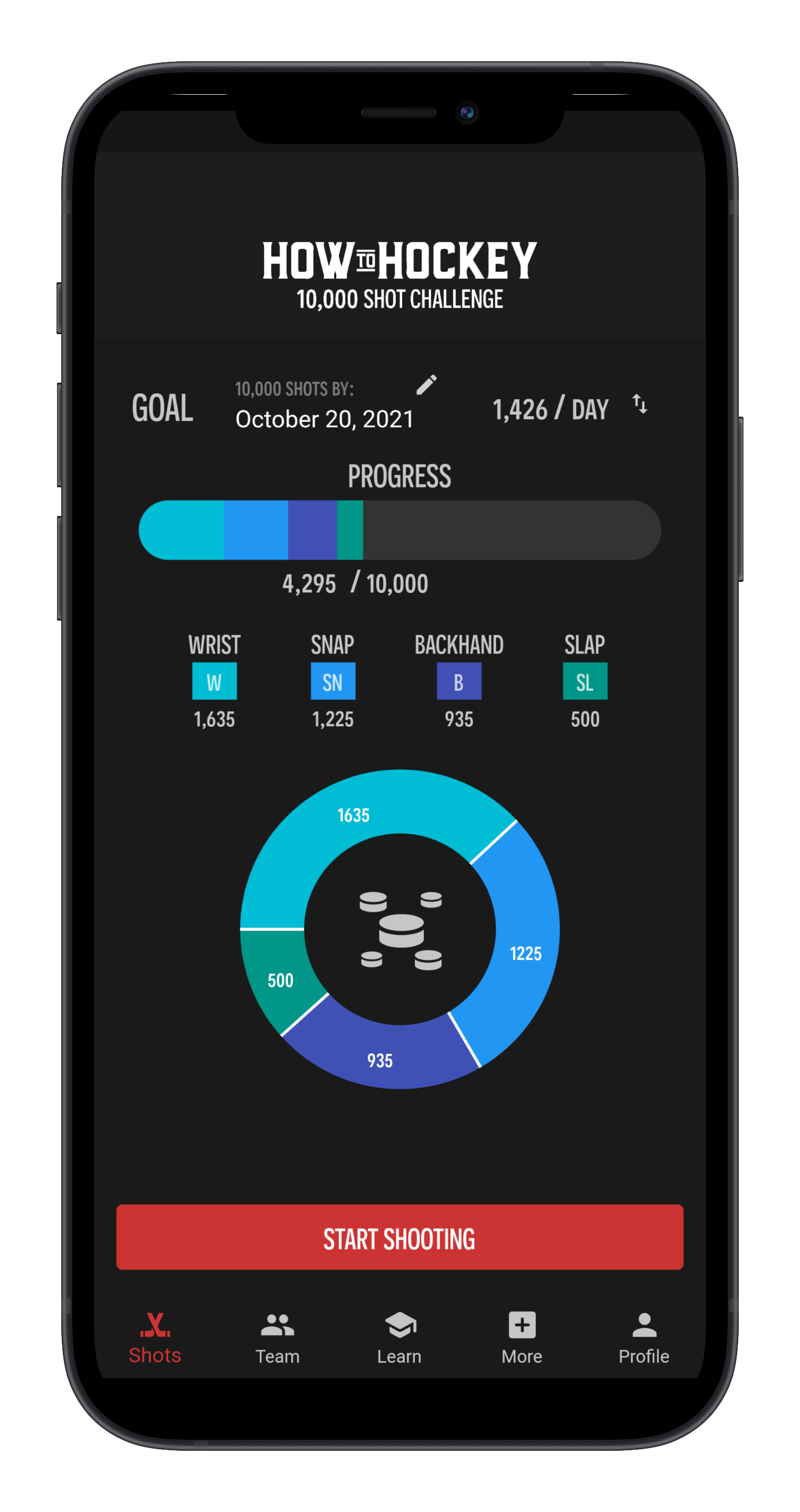Increasing Hockey Speed – By Jeremy Weiss
Increasing hockey speed is a never-ending pursuit for most hockey players… or at least it should be!!
Today’s game is much different than it used to be. The crack-down on “clutch-and-grab” hockey has really opened up the ice for the skilled athlete. We are seeing an exciting shift toward a high-speed, quick-paced game of skill and finesse… one in which slower athletes are being left behind… LITERALLY!
Any smart hockey player should recognize this change in the game, and should be constantly striving to increase his or her hockey speed. But in order to do that, you must first understand what makes a fast hockey player.
Hockey speed is composed of Technical Elements, and Physical Elements. Or in other words: On-ice Components, and Off-ice Components.
The on-ice components are things your skating instructor should be able to help you with such as utilizing a proper knee bend, obtaining a full extension on each stride, eliminating “head-bobbing,” striding at the proper angle, using your edges properly, etc…
The on-ice elements MUST be perfected in order to achieve optimal speed. However, there are three main off-ice components every player should develop that will GREATLY ENHANCE his or her ability to generate speed on the ice.
The three main off-ice components are as follows:
- Leg Strength
- Explosiveness
- Agility & Footspeed
Increasing leg strength will allow for deeper knee bends, which make for longer and more efficient strides. It will also help to improve balance and stability in battling and checking situations.
Becoming more explosive will improve that quick burst of speed, and allow you to win more races to loose pucks. Races are won or lost in those first three strides!
Improving Agility and footspeed will allow you to take more strides in a shorter period of time. This, combined with an increased stride length, will complete your speed equation––allowing you to take a greater number of longer strides.
There are many ways to improve on these three main off-ice components. Here are three exercises that I think should be included in any solid hockey training program:
SQUAT FOR LEG STRENGTH: This video shows the main key points for executing a proper squat. Squats are a great exercise to increase overall leg strength!
PLYO BOX ROUTINE (AND VARIATION) FOR EXPLOSIVENESS: The first video explains what plyometrics are, how plyometric training can contribute to increased hockey speed, and shows a sample exercise routine using plyometric boxes. The second video shows what to do if you don’t have plyometric boxes available to you.
DOT DRILL FOR AGILITY AND FOOTSPEED: This video shows my favorite off-ice agility drill. This drill is cheap to set up, and only takes about a minute to perform, so there’s no excuse not to do it each day!
Summary
Increasing hockey speed is a complex task, with on-ice and off-ice variables. Go to a well-qualified skating instructor to help you nail down your on-ice components, and participate in a hockey specific strength and conditioning program to improve your off ice components by increasing your leg strength, explosiveness, and agility––starting with squats, plyometrics, and the dot drill. Combining on ice and off ice development will help you to improve your speed quickly and effectively this summer!
ABOUT THE AUTHOR:
Jeremy Weiss owns and operates a hockey drills and skills blog. He has a degree in Exercise Science and is a Certified Personal Trainer. Jeremy recently combined his fitness knowledge with his hockey background to develop a hockey-specific, strength and conditioning program called the S3 Formula. More info on this state-of-the-art hockey training system can be found on Jeremy’s Hockey Development page








